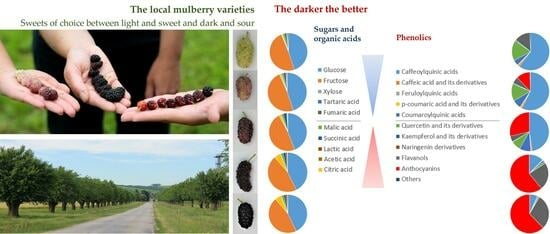Phytonutrients in Food: From Traditional to Rational Usage
A topical collection in Foods (ISSN 2304-8158). This collection belongs to the section "Plant Foods".
Viewed by 3885Editor
Interests: plant foods; polysaccharides; functional properties and stability; structural characterization; physicochemical properties; comprehensive utilization
Topical Collection Information
Dear Colleagues,
Plant-based foods contain a variety of nutrients that can meet almost all our nutritional needs (carbohydrates, proteins, lipids etc.). In addition, there are rich biologically active ingredients in plant-based foods which have many benefits to human health; these include polyphenols, terpenoids, flavonoids, carotenoids, limonoids, phytosterols and anthocyanins, among others. These active ingredients have special activities affecting human health, such as anti-inflammatory, anti-allergy, anti-aging, hypolipidemic and anti-diabetes. In recent years, several technologies related to the extraction, separation, identification, quantification and comprehensive utilization of phytonutrients in food have emerged.
We are interested in edible biologically active ingredients from plants—their source, extraction method, content, structure, molecular weight, the confirmation of a site of biological activity etc. All of these can influence compounds’ biological activities. We are also interested in exploring how these impact microbial ecology through the oral route by which the plant nutrients arrive in the human gut, the stability of the active ingredients in the gut as well as the mechanisms of absorption and metabolism.
This collection welcomes contributions focusing on biologically active ingredients from plants in foods. We hope this collection will advance the research on phytonutrients.
Prof. Dr. Quanhong Li
Collection Editor
Manuscript Submission Information
Manuscripts should be submitted online at www.mdpi.com by registering and logging in to this website. Once you are registered, click here to go to the submission form. Manuscripts can be submitted until the deadline. All submissions that pass pre-check are peer-reviewed. Accepted papers will be published continuously in the journal (as soon as accepted) and will be listed together on the collection website. Research articles, review articles as well as short communications are invited. For planned papers, a title and short abstract (about 100 words) can be sent to the Editorial Office for announcement on this website.
Submitted manuscripts should not have been published previously, nor be under consideration for publication elsewhere (except conference proceedings papers). All manuscripts are thoroughly refereed through a single-blind peer-review process. A guide for authors and other relevant information for submission of manuscripts is available on the Instructions for Authors page. Foods is an international peer-reviewed open access semimonthly journal published by MDPI.
Please visit the Instructions for Authors page before submitting a manuscript. The Article Processing Charge (APC) for publication in this open access journal is 2900 CHF (Swiss Francs). Submitted papers should be well formatted and use good English. Authors may use MDPI's English editing service prior to publication or during author revisions.
Keywords
- plant food
- plant-origin biologically active ingredients
- biological properties
- comprehensive utilization
- food nutrition







